How to Pack the Right Fishing Gear for Your Campsite Adventure
Guest blog by Megan Hudson; photos by John Kumiski
Camping and fishing are two of life’s greatest pleasures.
When you combine them into one perfect outdoor trip, the result is a memorable and rewarding adventure. Waking up early in the morning to the calm serenity of nature, lazy days fishing in the nearby lake or river and enjoying hearty fish dinners over the glowing coals of a silent night.
What could be better?
But before you get carried away with the experience of your campsite adventure, preparation and planning are required. After all, these two things are essential for the success of your trip.
Packing the right fishing gear and camping equipment will not only make your adventure more organized and enjoyable, but it will also give you the freedom to soak up every moment.
That’s why we’ve created a comprehensive guide for packing and preparing for a smooth, functional, and memorable fishing and camping adventure from first cast to tent takedown.
Fishing Equipment and Tackle
No fishing trip is complete without quality fishing gear and tackle. You’ll want to travel as light as possible, so being selective about which gear you choose to bring is essential. Here’s a list of some key items you will need:
● A quality fishing rod – Different rods are needed for different purposes, so make sure the one you bring is compatible with the local fish and the water they swim in. It’s a good idea to bring a second rod, too, just in case you need a backup or can put two lines in the water.
● Rod holders – Whether you’re planning on fishing from the shore or a kayak, rod holders give you the chance to fish hands-free and not miss out on any bites.
● Multiple lures – Research the species native to the area before you pack, and ensure your lures are attractive to them. Having a variety of lures can help you target more species and enjoy more success.
● Bait – Similar to the lures, bring a few different types of bait that you can rely on to attract local fish. Do some research to find out which ones in your area will respond to the most.
● Hooks – Ensure your hooks are the right size for the fish you’re targeting. If your hooks are too big, you’ll probably get a strike but nothing more, and if they’re too small, big fish will simply swallow them.
● Bushcraft knife – or a Swiss army knife. Any camping knife suitable for gutting fish, cutting fishing line, or chopping bait will do. It will also come in handy for a variety of other situations.
These are the key items you need to pack for a camping and fishing adventure. Depending on whether you are camping at a lake, a lagoon or river, or possibly even on a shoreline, your needs may vary. It’s always important to do research on the area before determining what to pack in your fishing kit. The wrong kit could make your angling unsuccessful, while the right kit could see you land a big one—or several.
Sleeping and Shelter Gear
A quality tent, sleeping bag, and pack filled with regular camping supplies are also extremely important for a successful fishing campsite adventure.
Your tent requirements may vary depending on the campsite, terrain, and your personal preferences, but the pack absolutely needs to be large and strong enough to carry all your fishing equipment. The more compartments and pockets, the better! Waterproof is a bonus.
If you’re using bait that’s frozen or fresh, you also need to consider this. You don’t want a box of bait defrosting in your tent or a cooler that may smell very fishy next to your sleeping bag. Never bring food or bait into your tent!
Kitchen and Food Supplies
Food is an essential part of survival, and even if you plan on eating the fish you catch, you’ll need more than just some trail mix and instant soup.
Bring a good chopping board, good knives, and a plate, bowl, and cutlery set. Pack a variety of healthy, energizing snacks like dried fruit and nuts, crackers, jerky, and some carbohydrates such as potatoes, rice, noodles, or bread. Don’t forget the seasonings and aromatics for your fish.
You may also need to take your own drinking water. Double-check if any local water supplies are available and if they’re safe to drink.
First Aid Kit
While fishing isn’t a hugely dangerous sport, you can end up with an injury or two.
Don’t forget to pack a basic first aid kit and arrive prepared with the contact details of local emergency services, should you need them.
You can leave your kit in your tent when fishing, but it’s always a good idea to keep a few band-aids and disinfectant in your kit, along with a pair of tweezers.
Maps or GPS
Knowing where the best fishing spots are is key to a successful trip. Do your research beforehand, but also be sure to pack a map or mobile phone with GPS so that you can navigate to the right place.
Having a clear map of where you’re going and where you’ll end up is especially important if you’re heading out to a spot you’ve never been to before or if the area is very isolated.
Clothing and Shoes
As this is a fishing trip, you need to prepare for a lot of water activity. The clothes you bring should be largely waterproof in order to keep you dry throughout the adventure and prevent you from getting too cold or even becoming sick due to exposure to the elements.
Don’t overpack. Depending on the length of your trip, you only need one or two warm and waterproof outfits. Bring along some swimwear and a T-shirt in case it gets hot too.
In terms of shoes, choosing a sensible, robust pair of shoes that handles water well is crucial. Sturdy footwear will also protect your feet from sharp hooks or knives if they accidentally fall or a spiny fish gets dropped on your toes. Bring some sandals for warmer, more relaxing days.
Depending on your campsite, good shoes will provide further protection from snakes and other critters on the ground. They’ll also come in handy if you want to go for a hike.
Adventure Like A Pro
Packing for a camping and fishing expedition gets easier the more you do it. There may be quite a few things to pack, but you’ll never regret being organized.
Make your outdoor fishing trip practical and enjoyable by packing the right gear for your outdoor adventure. Then, go reel in a big one!
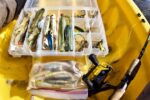

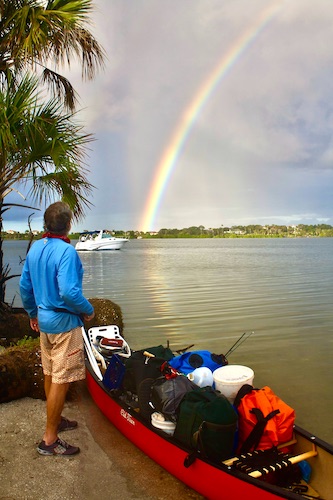
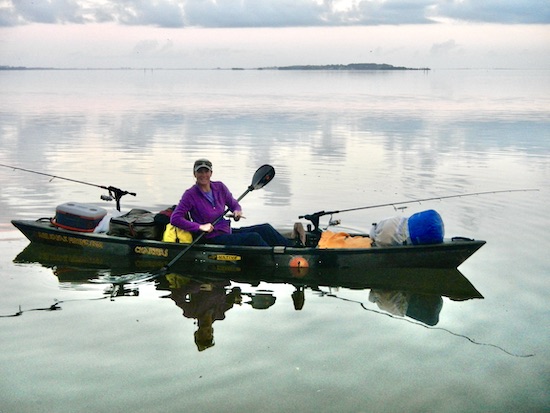
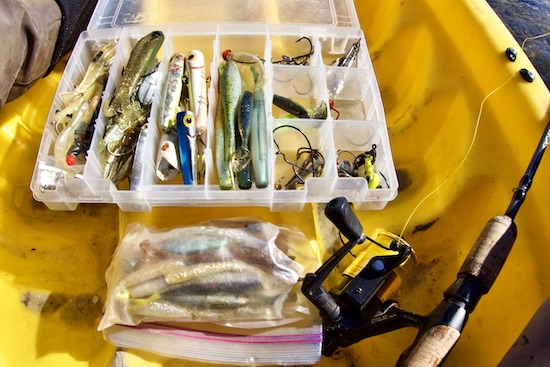
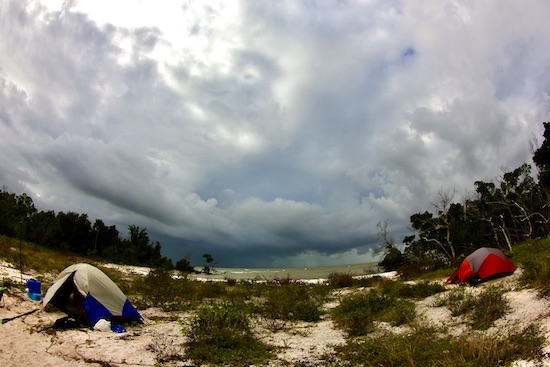
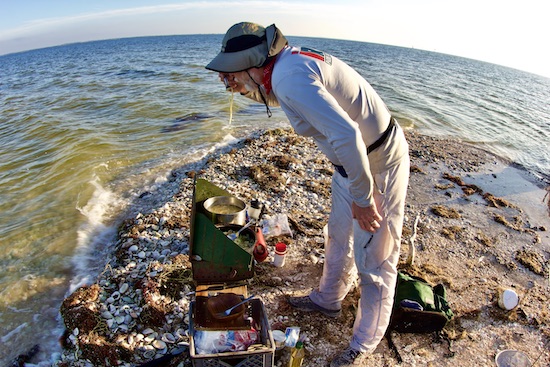
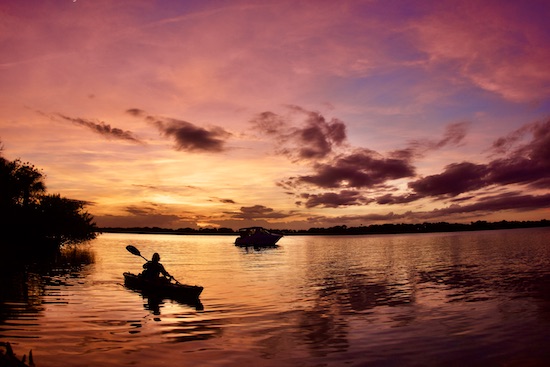
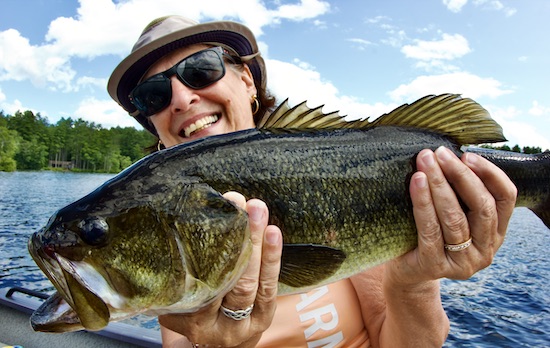
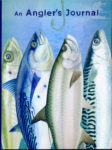
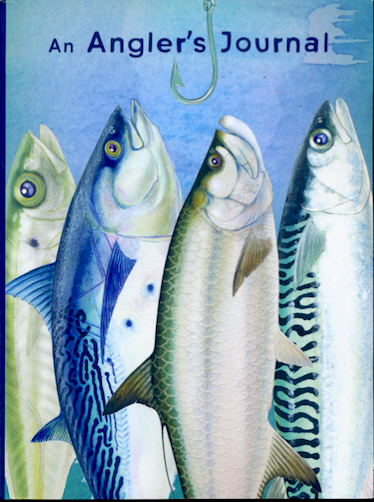
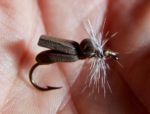
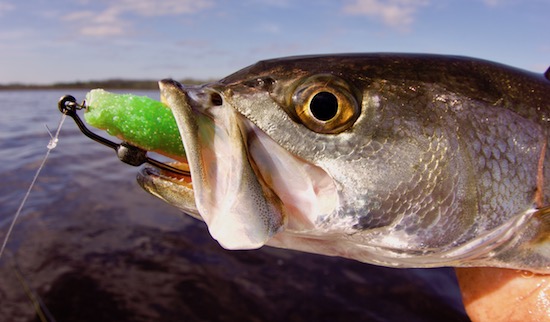
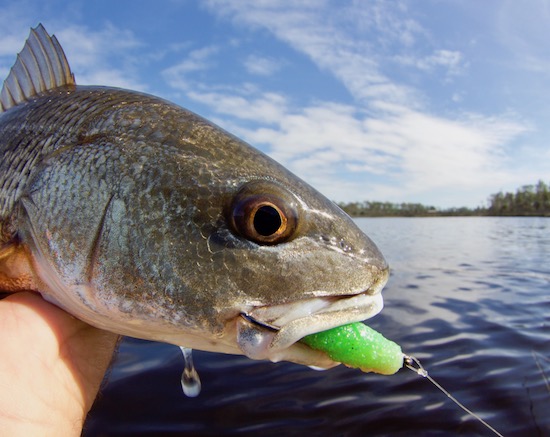
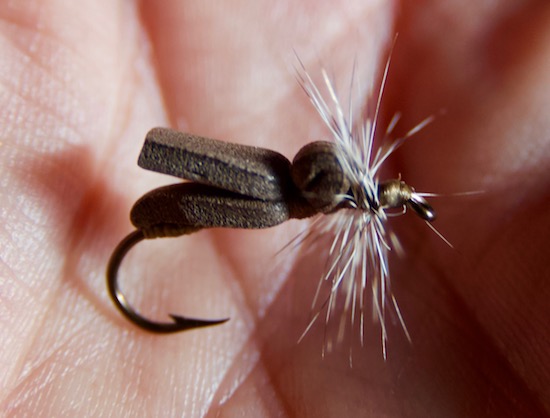
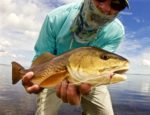
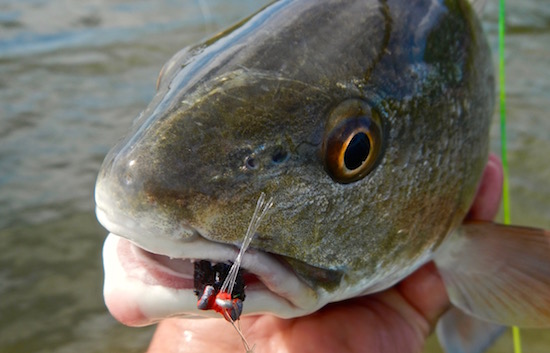
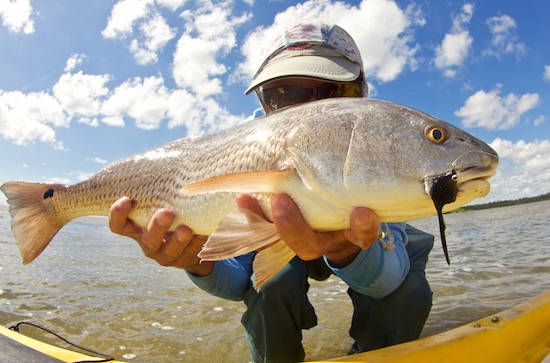
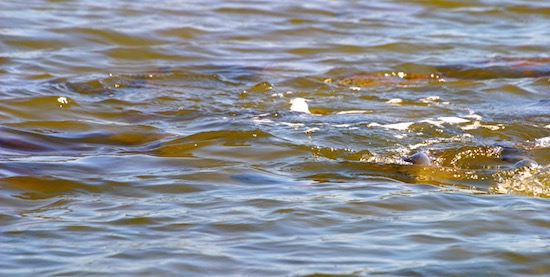

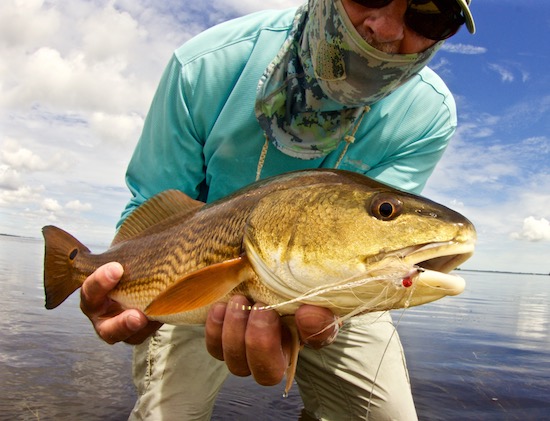
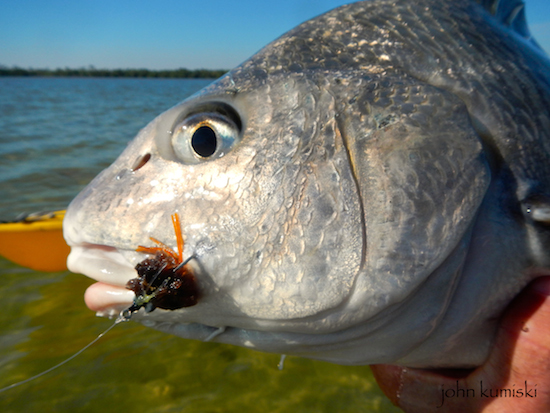

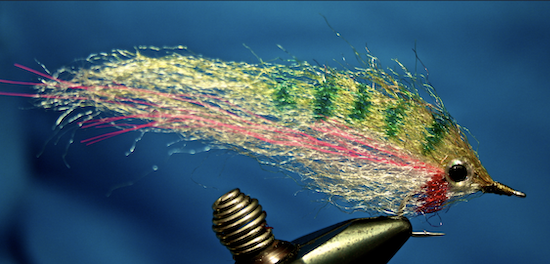
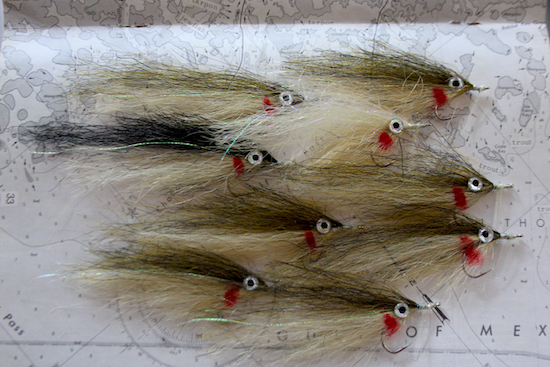
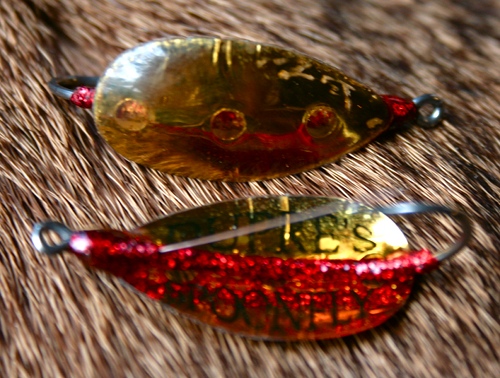
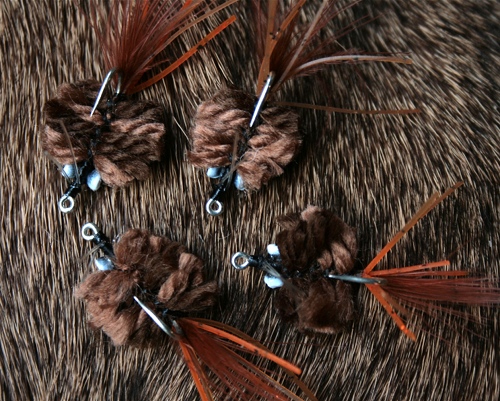
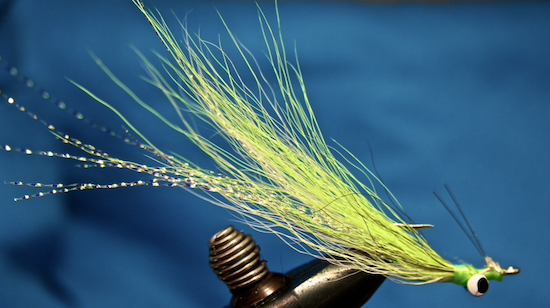
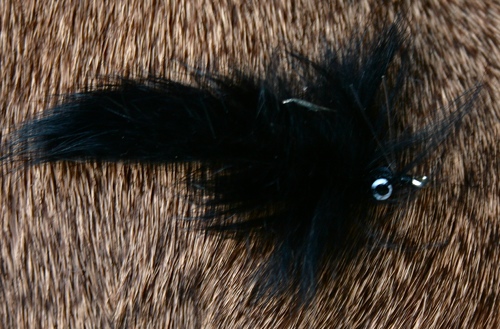

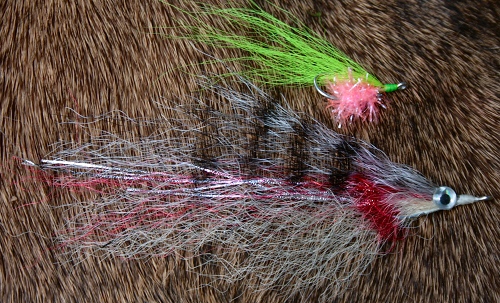
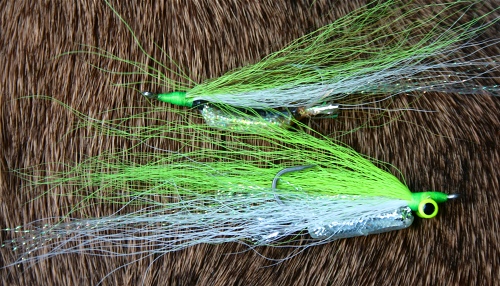
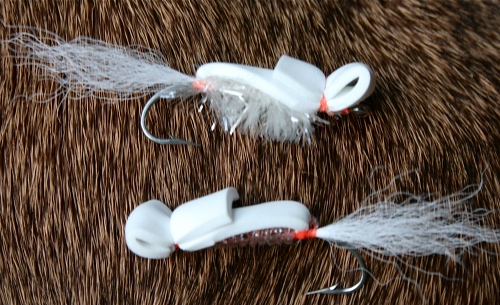
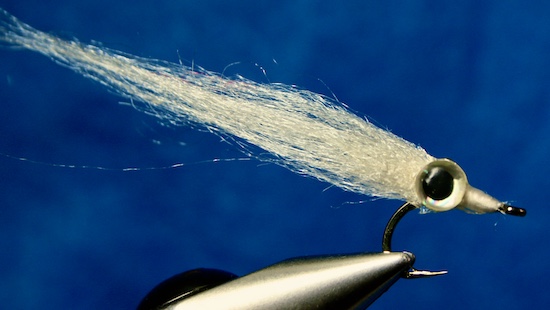
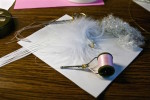
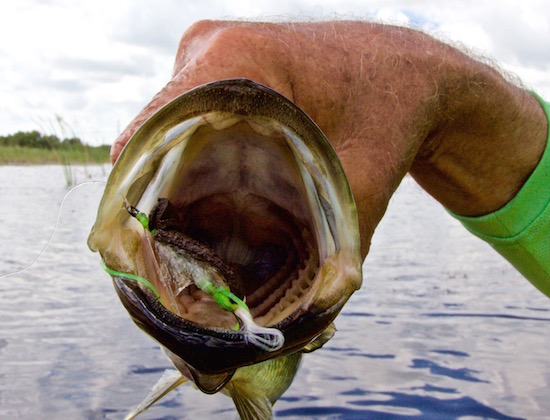




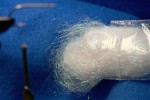
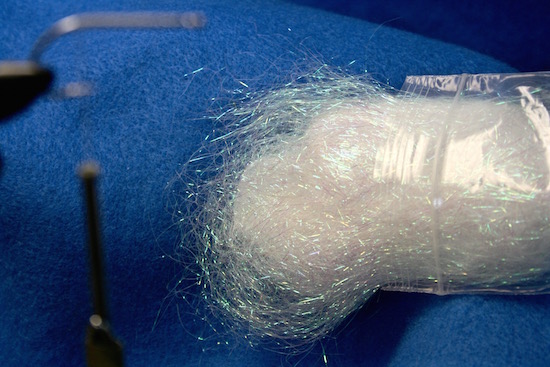
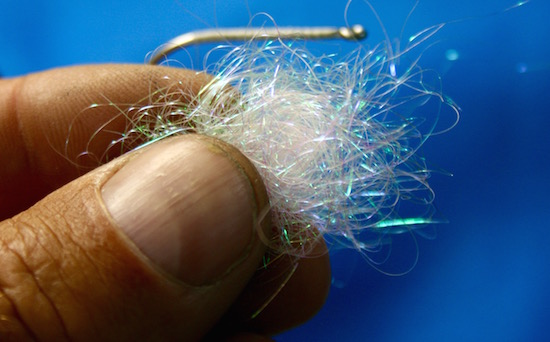
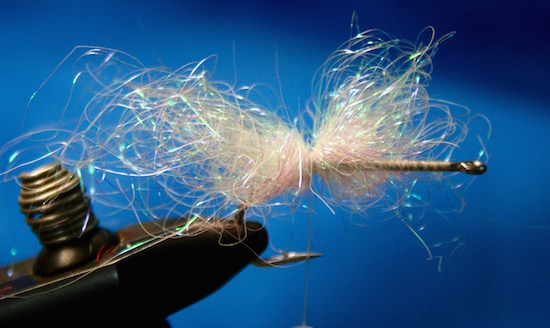




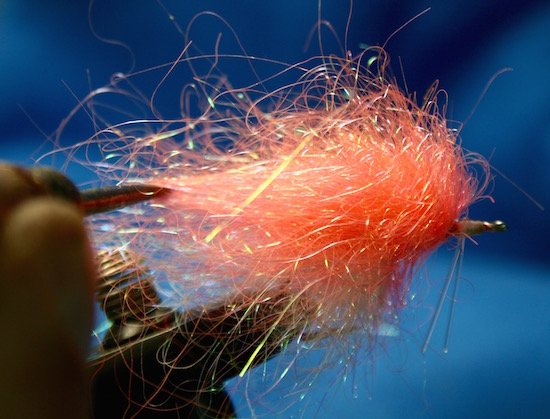




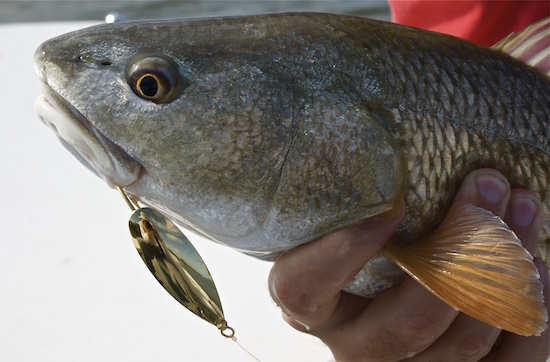
Recent Comments